Available from 22,200 euros, the Renault Twingo Electric is, until the arrival (soon) of the Dacia Spring Electric, the most accessible tram in the national market.
Launched well after its German “cousin”, the Smart EQ forfour, which has been around since 2018, Twingo Electric seems to be a solution that requires fewer compromises.
After all, by adopting a 21.4 kWh battery instead of the Smart's 17.6 kWh, the French model sees its announced autonomy rise to 190 km in mixed cycle instead of the 133 km of the EQ forfour.
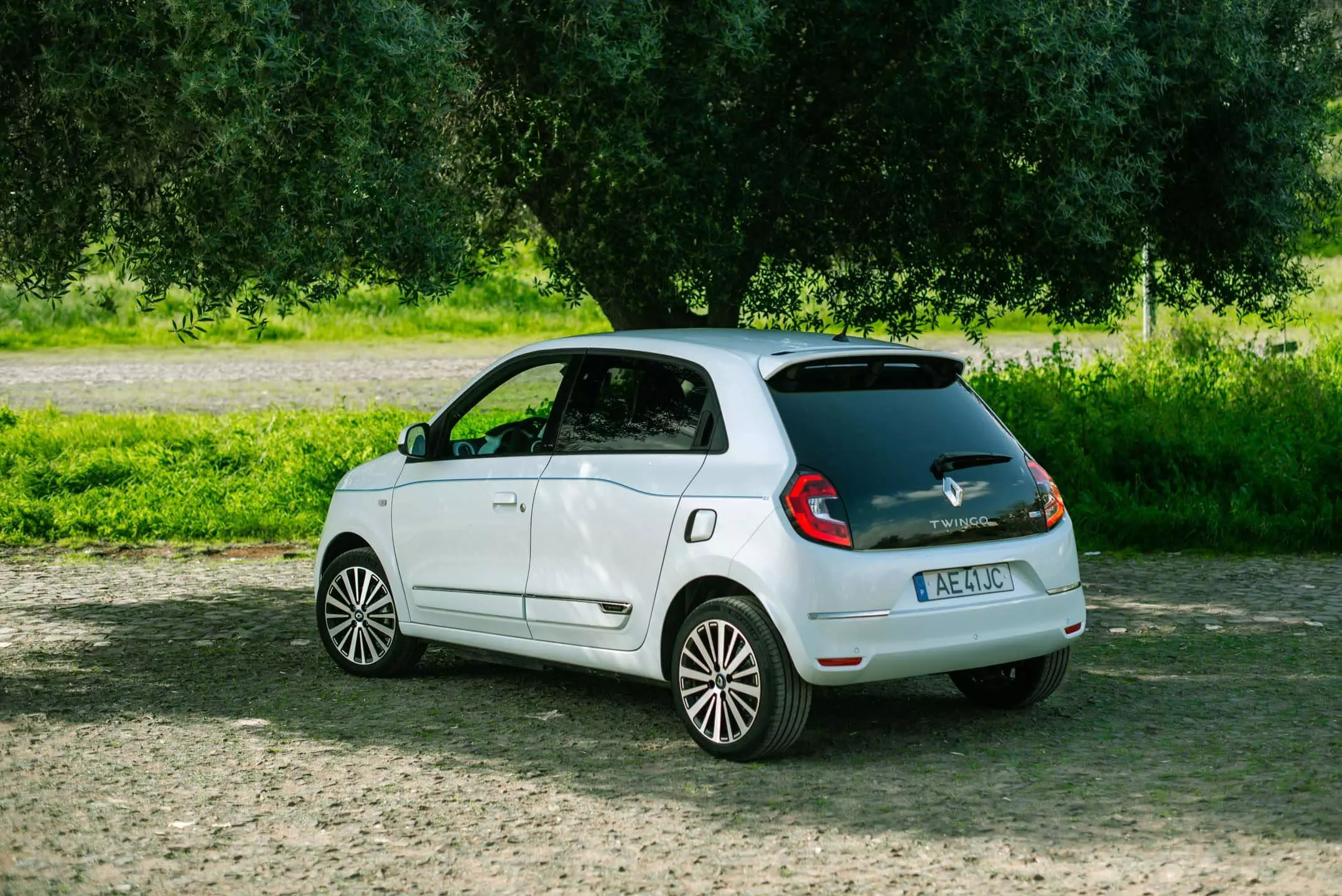
simple and functional
Inside the Renault Twingo Electric the differences compared to its “brothers” with a combustion engine are minimal. Thus, the Twingo Electric cabin continues to stand out for its simple, functional and youthful style, as well as for its good robustness, proven by the absence of parasitic noises.
We have several storage spaces, a simple but complete infotainment system, and some graphic details such as the relief on the rear doors with the design of the Twingo profile, which remind us that this is a car designed for a younger audience.
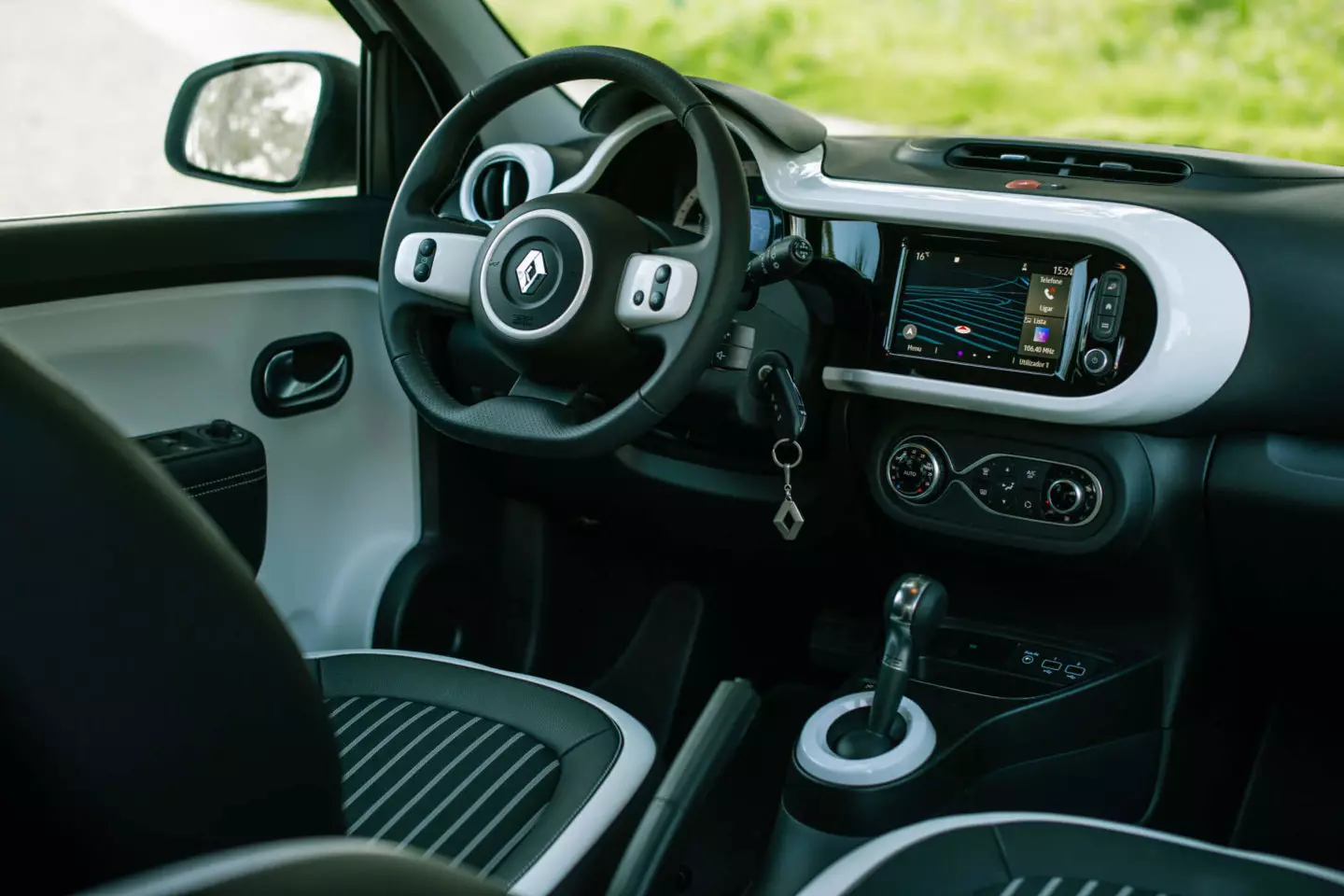
Far from the technological "decoy" of the Honda E, the Twingo Electric has a simple and functional interior where ergonomics are high.
The space is not a reference (nor was it expected to be), but we were able to transport four adults in reasonable comfort, thanks in large part to the high height on board. The luggage compartment with 188 to 219 liters, on the other hand, loses compared to the 250 liters of the Volkswagen Group trio (Volkswagen e-Up, Skoda Citigo, and SEAT Mii), but it is enough for daily tasks and the usual shopping trip.
In the city it's like “fish in the water”
As it was “mandatory”, the first kilometers I did behind the wheel of Twingo Electric were in its “natural habitat”, the city. There, the small Renault feels like a “fish in the water”, snaking through traffic with pleasant agility and with a great readiness resulting from the instantaneous delivery of torque typical of electric models.
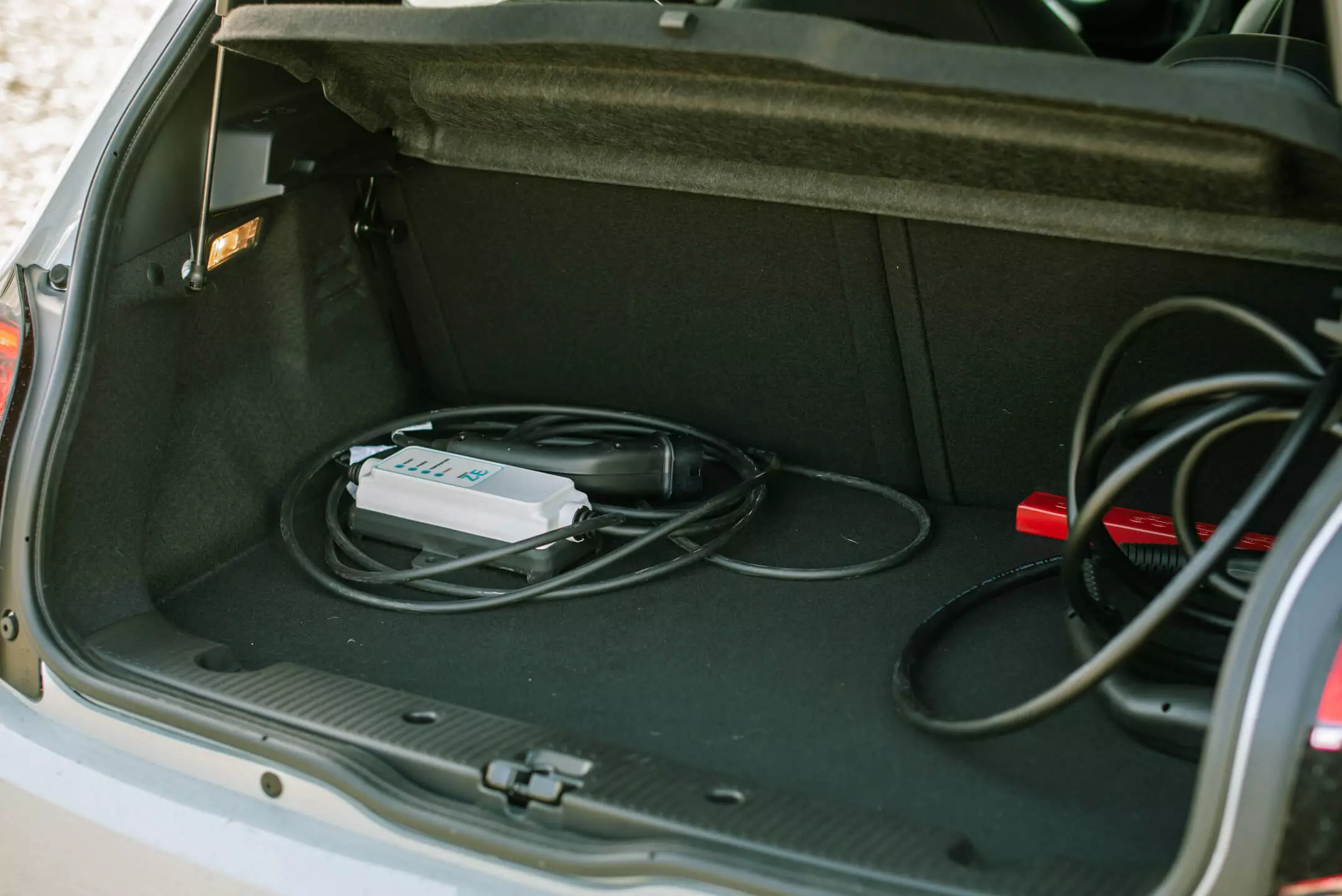
Parking is very easy (it even has a reversing camera), the visibility to the outside is good (the elevated driving position helps a lot) and the minimum turning radius (9.1 m for a complete 360º turn between walls, or 8.6 m between sidewalks) allows us to reverse the direction of travel in the narrowest alleys.
Less positive is the comfort on bad floors. There, the somewhat “dry” suspension tuning (which pays dividends in the dynamics) makes itself felt, and the small Twingo Electric makes no secret that it prefers to walk along well-paved avenues instead of the bumpy streets of Lisbon.
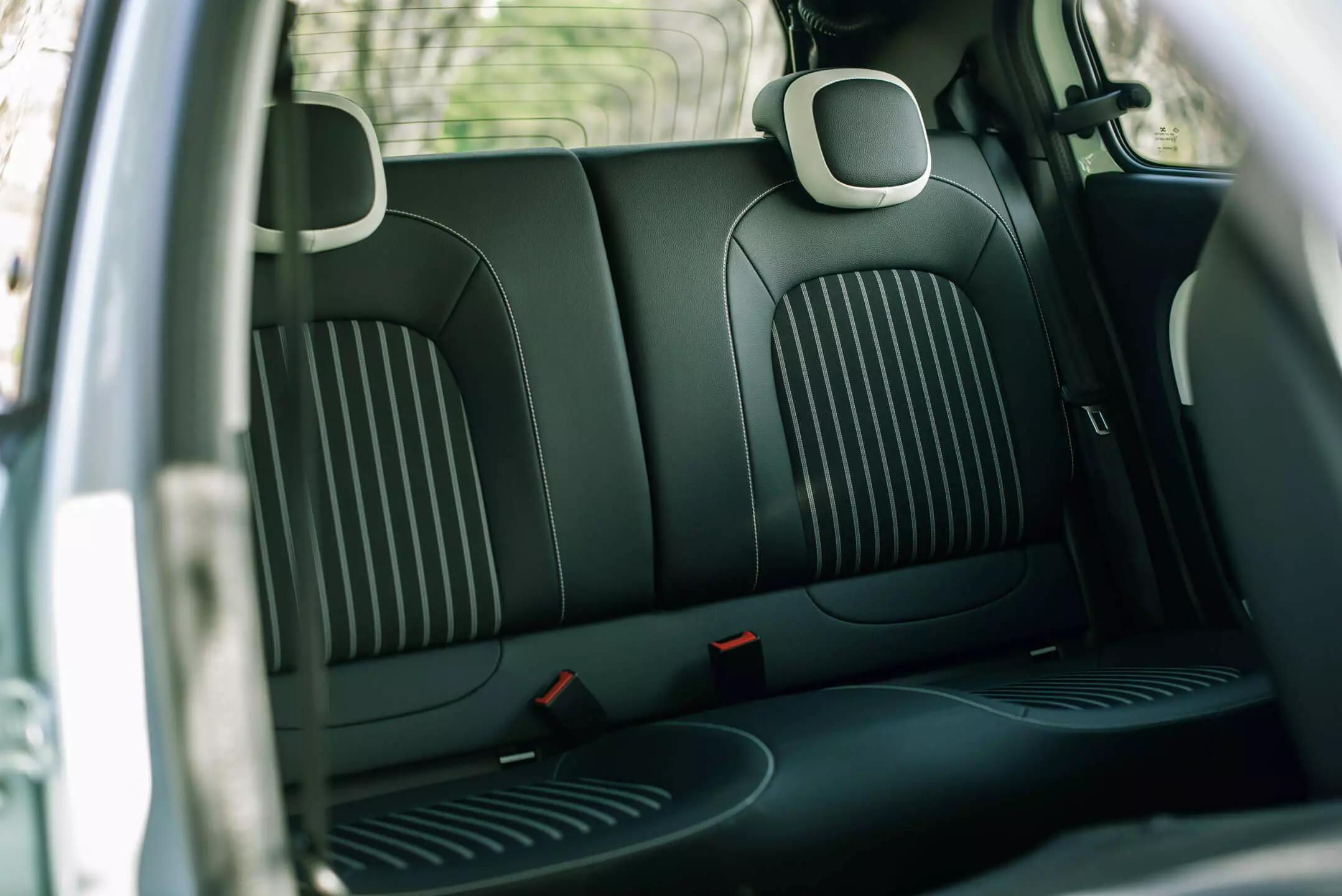
out of the comfort zone
After having walked a few kilometers in town and having used about 25% of the Twingo Electric's battery there, I decided it was time to take it out of its habitat and away from its comfort zone.
What was on the “menu”? A journey of about 90 km to the town of Coruche, on a route along the highway and national roads. After all, it is not because a model is designed for the city that you can no longer make longer trips.
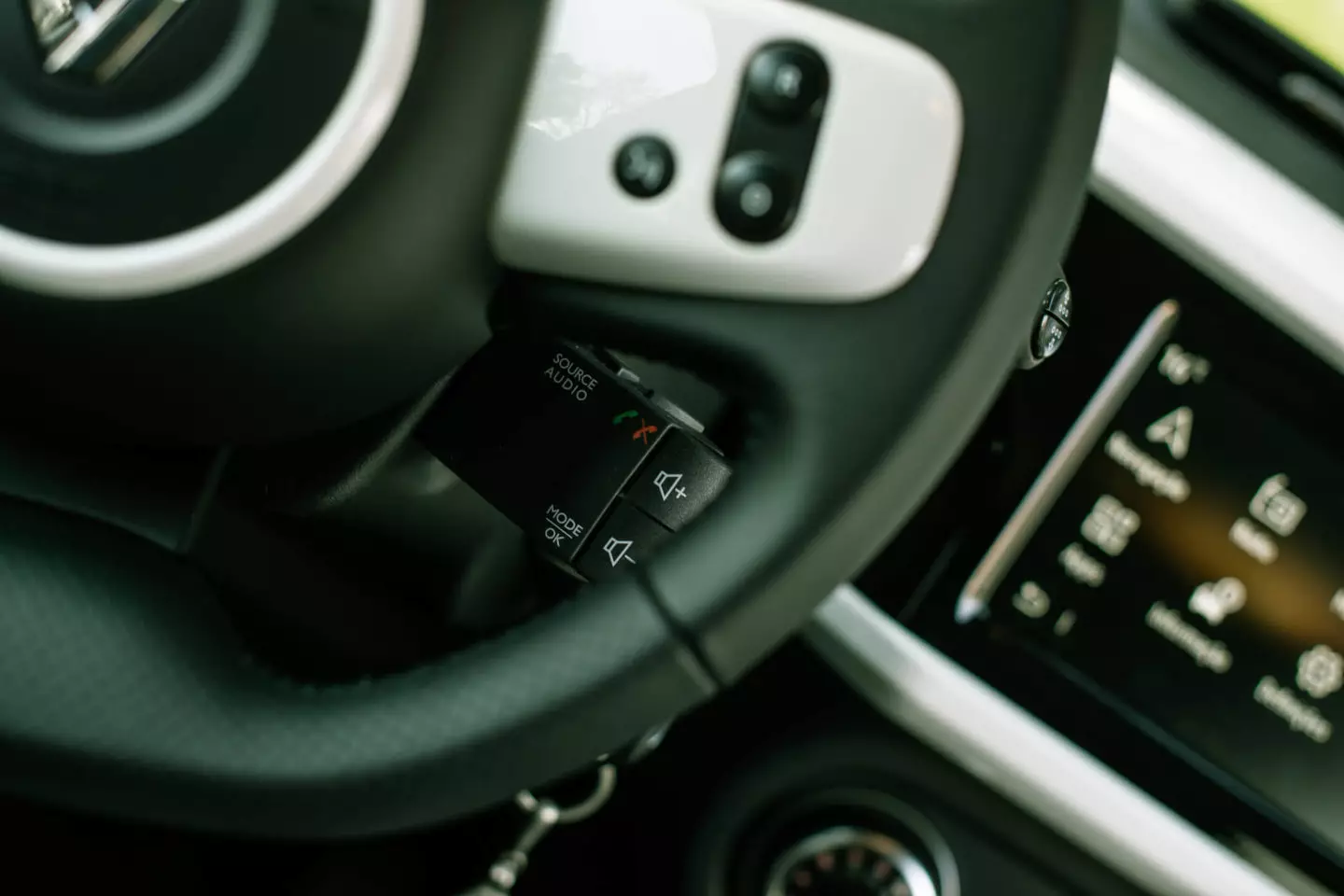
The radio remote may not be the most modern but it is very intuitive to use.
I must admit that for the first few kilometers it wasn't just Twingo Electric that walked outside its comfort zone, I did too. In order to maintain an acceptable pace, consumption that until then had been around 10-12 kWh/100 km in the city rose to around 16 kWh/100 km, a value identical to that officially announced.
The expected range was also going down (it started at 170 km) and the graph that told me how far I could go with the load I had was steadily decreasing. In short, I was feeling the infamous “anxiety of autonomy”.
However, thanks to equipment such as cruise control (who would have thought that city dwellers should have it?) and battery management that proves Renault's experience, the truth is that the kilometers have passed and the fear of not reaching home was lagging behind.
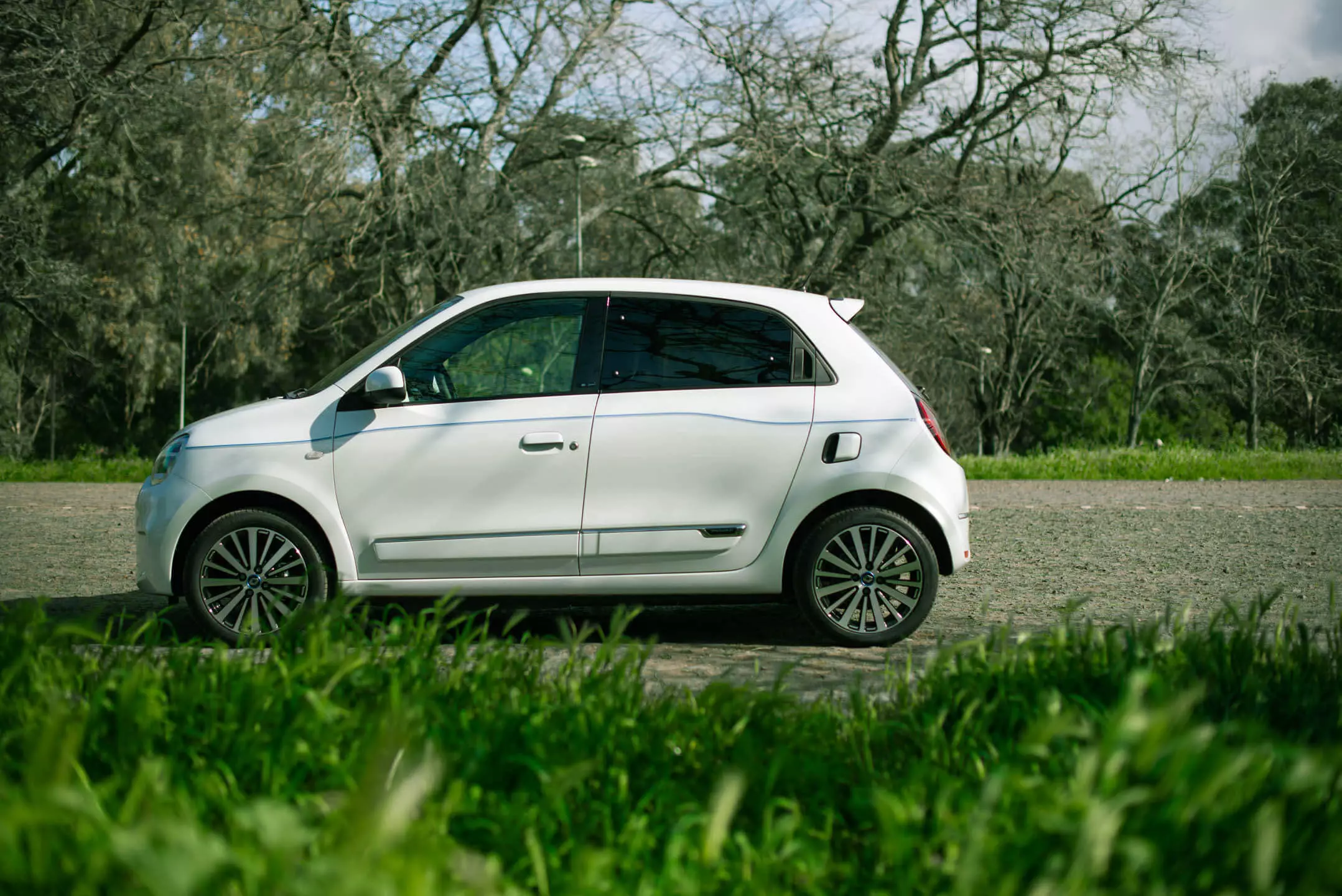
Stable on the highway, the Twingo Electric didn't even refuse some overtaking, even in the ruled and zen “Eco” mode, which reduces our maximum speed and acceleration capacity.
Helping to “stretch” the autonomy we also have three levels of energy recovery through regenerative braking (B1, B2 and B3) and although the difference between them is small, the truth is that they fulfill their function.
On the corners, don't expect great fun behind the wheel of Twingo Electric. Despite being an “all behind” and even having a lower center of gravity and a suspension that contains the body movements well, the stability control makes its presence felt frequently and efficiency and safety overlap. to fun behind the wheel.

Safe shipments
It's true that when I arrived at my destination I had to recharge it, but it's no less true that charging at a public service station is actually fast (on an 11 kW charger, it takes 3h15min and on a 22kW fast charger it takes 1h30min).
By the way, still about charging, Twingo Electric has a curious feature. When it is connected to a domestic outlet, it “evaluates” the electrical installation and if it detects that there is a risk of overheating, it simply does not charge, thus ensuring the safety of the electrical installation and of the house to which it was connected.
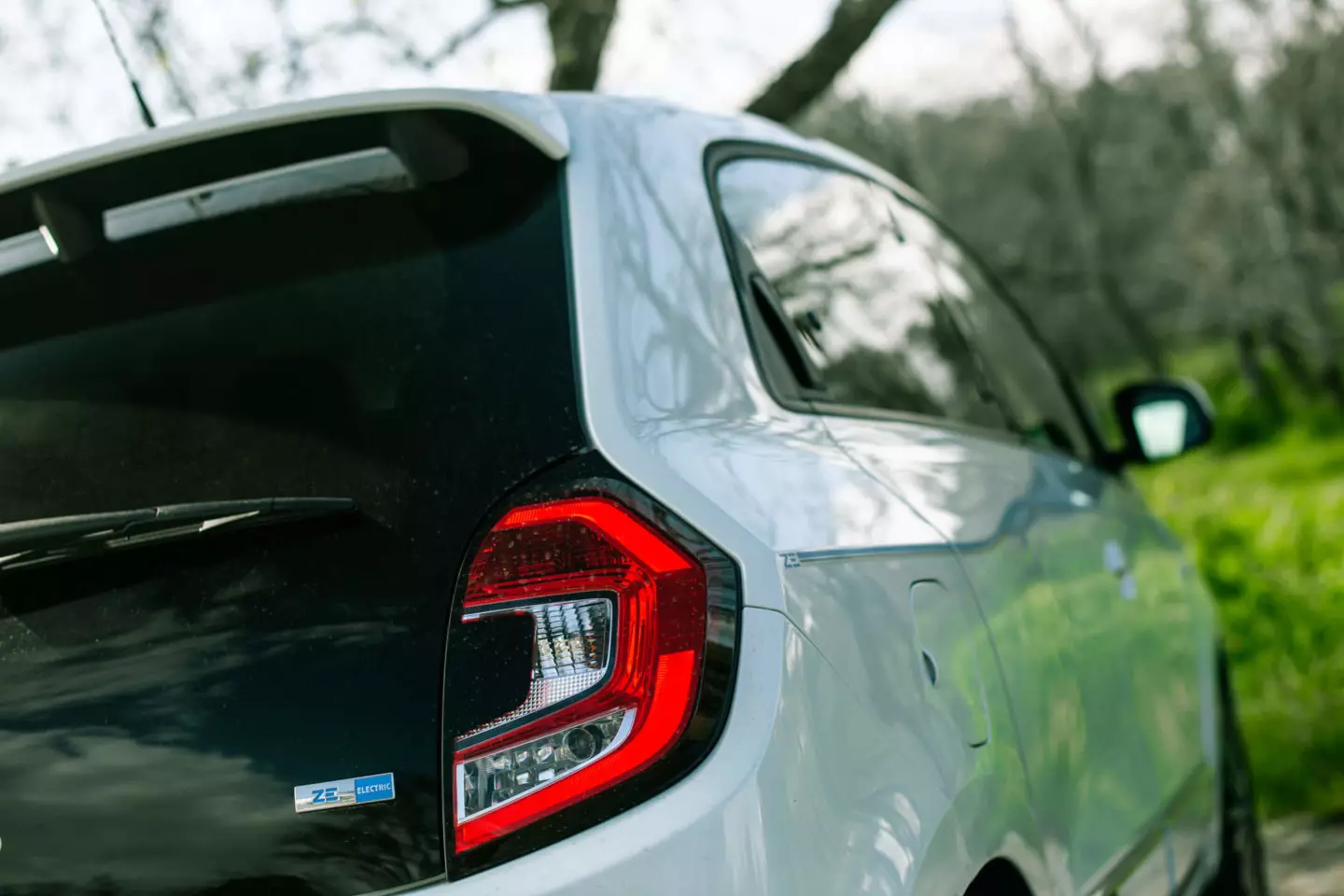
Is it the right car for you?
If your routes are mostly in cities, the Renault Twingo Electric is, most likely, one of the best options.
Small and agile, it has an affordable price in the world of trams and a level of equipment that is quite acceptable for the segment. Furthermore, unlike his German “cousin”, he is not overly afraid of highways and suburban roads.
Are you a born estraista? No, nor is that your goal. However, it is pleasant to confirm that even with the most affordable trams on the market we can start to “broaden horizons” and go beyond the “urban walls”.
